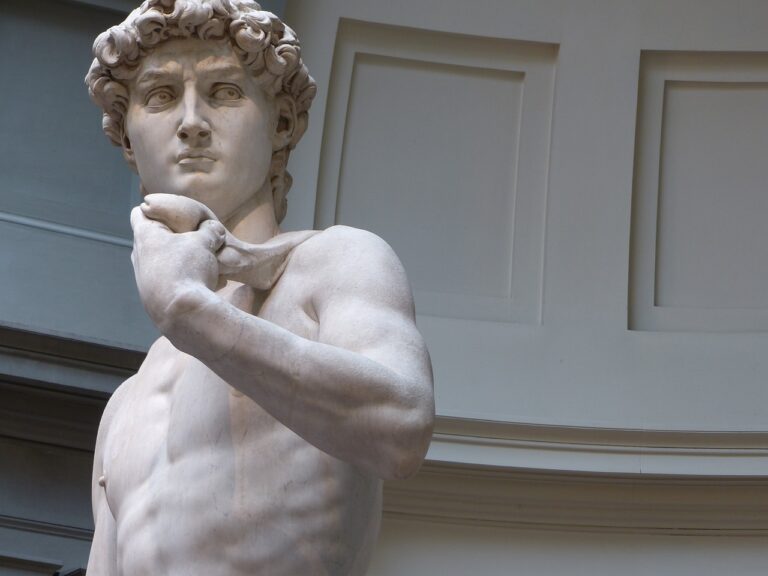Accademia Gallery Florence: Michelangelo’s David and the Soul of the Renaissance
Nestled in the heart of Florence, just steps from the Duomo, the Accademia Gallery (Galleria dell’Accademia) is a beacon of artistic genius and cultural heritage. Founded in 1784 by Grand Duke Pietro Leopoldo of Tuscany, this museum began as a teaching space for students of the Academy of Fine Arts. Today, it’s one of Italy’s most visited museums, drawing over 1.5 million visitors annually to witness the timeless beauty of Michelangelo’s David and other Renaissance treasures.
A Living Legacy: History of the Accademia Gallery
- Foundation: Established in 1784 to inspire young artists with classical models and Renaissance masterpieces.
- Purpose: Originally a teaching gallery, it evolved into a public museum showcasing Florence’s artistic legacy.
- Transformation: In 1873, Michelangelo’s David was moved indoors from Piazza della Signoria, and a custom skylit hall was built to protect and honor the sculpture.
Collections That Define the Renaissance
Michelangelo’s David: The Crown Jewel
Carved between 1501–1504, David stands at 5.17 meters, capturing the moment before his legendary battle with Goliath. His tense brow, oversized hands, and anatomical perfection reflect the Renaissance’s obsession with human form and divine proportion.
Other Works by Michelangelo
- The Prisoners (Slaves): Four unfinished sculptures that seem to emerge from the marble, offering a raw glimpse into Michelangelo’s creative process.
- Palestrina Pietà: A poignant depiction of the Virgin Mary cradling Christ, attributed to Michelangelo.
Renaissance Paintings
The gallery features works from the 13th to 16th centuries, including:
- Sandro Botticelli
- Domenico Ghirlandaio
- Paolo Uccello
These paintings trace the evolution from Gothic iconography to Renaissance realism, offering a visual journey through Florence’s golden age.
Museum of Musical Instruments
A hidden gem within the gallery, this section showcases:
- Stradivarius violins
- Amati and Guarneri string instruments
- Harpsichords and cellos once played for Florentine nobility
Must-See Highlights Inside the Gallery
| 📍 Room | 🌟 Highlights |
|---|---|
| Hall of the Colossus | Plaster model of Giambologna’s Rape of the Sabine Women |
| Hall of the Prisoners | Four unfinished sculptures by Michelangelo lining the path to David |
| Gothic & Renaissance Rooms | Religious paintings and altarpieces from the 13th–15th centuries |
| Musical Instrument Museum | Rare instruments from the Medici era, including a Stradivari tenor viola |
Visiting the Accademia Gallery: What You Need to Know
- 📍 Location: Via Ricasoli 58–60, Florence, Italy
- 🕒 Hours: Open Tuesday to Sunday, 8:15 AM – 6:50 PM. Closed Mondays, January 1, May 1, and December 25
- 🎟️ Tickets: Due to high demand, it’s best to book tickets in advance. Options include:
- Skip-the-line access
- Guided tours
- Combo passes with the Uffizi Gallery

